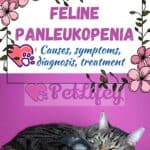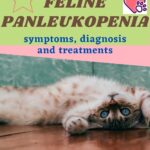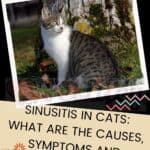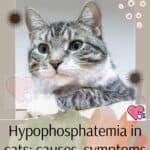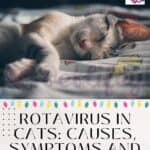Panleukopenia in cats, a very serious pathology for the health of our animal. Let’s try to understand what are the triggering causes, the various symptoms and the possible cure.
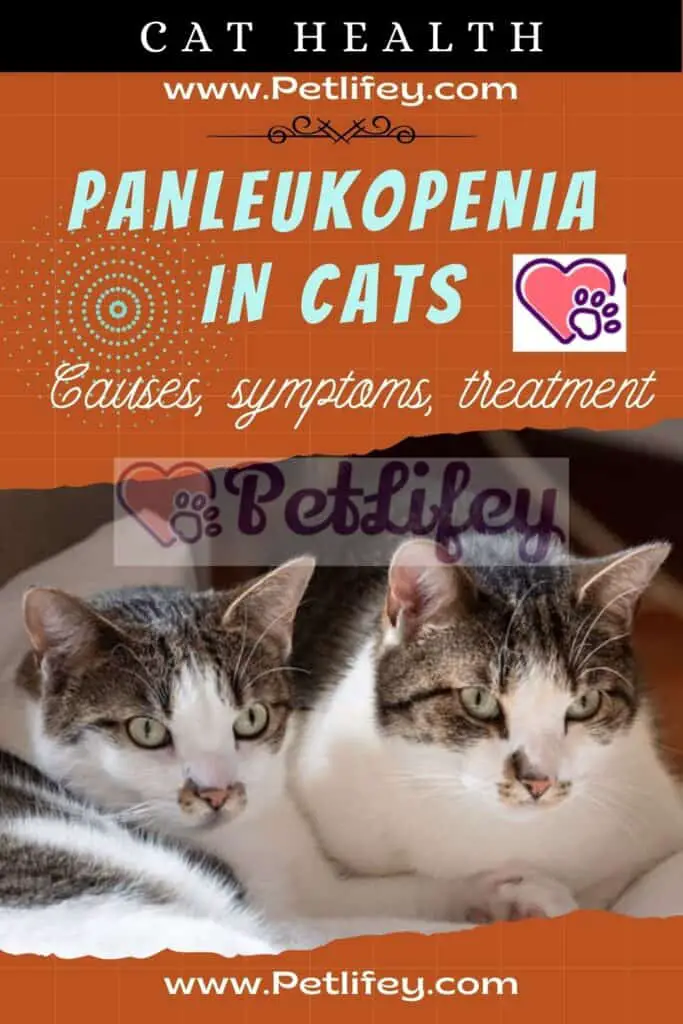
There are difficult diseases that can put a strain on the strength and health of our furry friend. Among felines there is always the risk of becoming infected and transmitting rather serious pathologies, which it is very important to know in order to be treated in time and save their health. We are talking about panleukopenia in cats, a condition that can reach lethal severity and from which the pet must be protected.
Panleukopenia in cats: causes and typical symptoms
It is an extremely life-threatening infectious disease of the cat and is highly contagious. Let’s see what are the causes that cause it and what is the symptomatology that manifests itself in the animal.
The domestic feline can have the misfortune of being infected with highly dangerous diseases and panleukopenia is one of them. Also known as feline parvo, panleukopenia is a serious infectious disease.
The disease virus is transmitted orally and can also be highly contagious through cat feces. It is just the parvovirus the cause and is very common among cats.
This virus can persist in the environment for up to a year or more. In the animal’s immune system, there is a dangerous decrease in white blood cells, which can lead to the development of bacterial infections and diseases.
By ingesting the virus through the mouth, the cat can infect other furry cats by inhaling airborne droplets. However, transmission can also occur through infected foods or contaminated objects.
Once it enters the body, the virus invades the bloodstream of the hairy dog and, if it occurs during gestation, it can cause serious damage. Panleukopenia, in fact, usually occurs in felines under one year of age and not yet vaccinated .
Symptoms of feline panleukopenia
Symptoms of panleukopenia in cats are manifested by the form and severity of the disease. This can be: hyperacute, acute, subacute and intrauterine infection.
The hyperacute form occurs in younger felines, because the animal does not yet have a formed immune system: in this case, unfortunately, the cat dies immediately without presenting symptoms.
The acute form is also sudden and severe and can lead to the death of the infected cat. Typical symptoms can be:
- Interval high fever
- Diarrhea Cat
- Nausea
- Vomiting in cats
- Dehydration
- Lack of appetite
The subacute form, on the other hand, can affect adult cats and does not manifest itself with any symptoms and if they occur they are very mild.
The intrauterine infection, then, occurs inside the maternal uterus, for which the hairy ones risk dying. In the event that they manage to survive, the little cats could suffer from malformations in the cerebellum.
The feline and the pathology: the care and protection of the cat
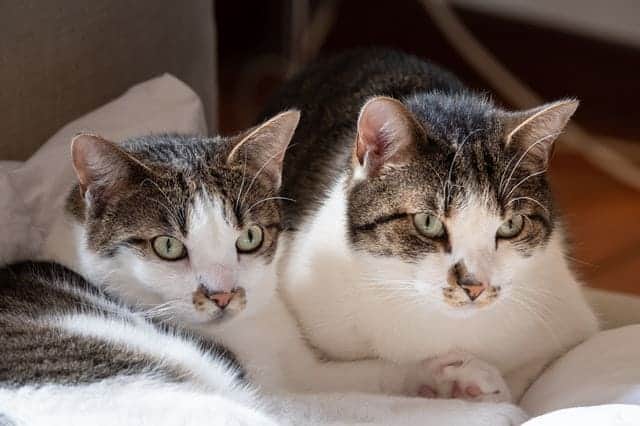
Since this is a dangerous pathology that tends to appear suddenly, it is good to know that medical intervention is essential for the safety of your feline. Let’s see if there is a useful cure and how it is possible to protect the pet from this terrible condition.
We must know that for feline panleukopenia it is important to act quickly, since if the cat suffers from the most serious forms of this disease, it risks dying quickly.
Unfortunately, due to their young age, there are many cases of cats that are unable to survive and die, precisely because they do not have vaccines and a fully formed immune system.
If you notice any of the symptoms reported, it is advisable to immediately notify your trusted veterinarian, as you must intervene promptly .
Through a complete clinical examination of the feline, the blood test and collecting a stool sample, with all the necessary information, the doctor will decide on supportive therapies.
Therapies and prevention for panleukopenia in cats
The therapies provide, usually: the use of antibodies to strengthen the immune system; the use of antibiotics to fight bacterial infections; the use of antiemetic drugs to defend the stomach.
In addition, during the first few days, the administration of light foods, such as cottage cheese and boiled chicken , is foreseen. If necessary, we opt for blood transfusion.
To prevent and protect the feline it is important to behave in the right way. Carry out proper cleaning and disinfection of environments (surfaces, objects and accessories for nutrition), choosing disinfectants with virucidal action.
Finally, we remind you that vaccines against panleukopenia in cats are available, for which you can ask your veterinarian for further information.

